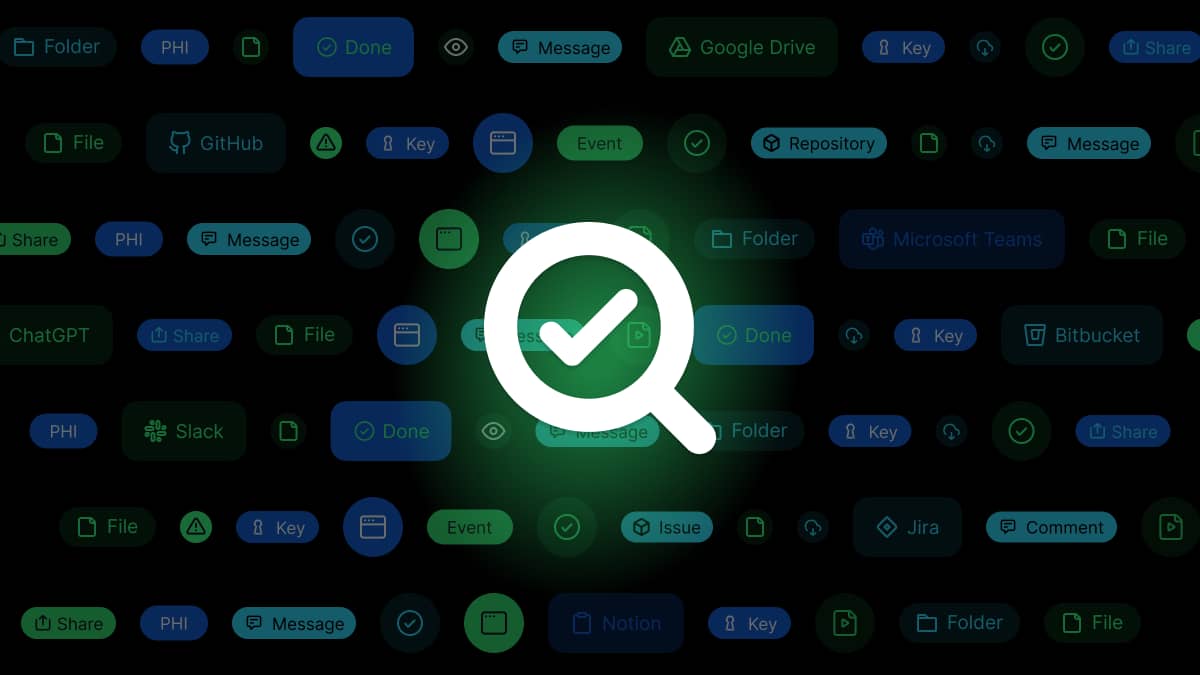I. Introduction
1. Definition
2. Concepts
– Manual
– Smart
II. Importance
III. Processes
1. Data preparation
2. Visual analysis
3. Guided analytics
IV. Conclusion
- Introduction
We want to start this article by casting your mind back to the prime days of public libraries. We know that they still exist, but we also know that many of you now read on your phones, tablets and Kindles. But, we digress. Libraries. Imagine a huge one – like The New York public library.
You’ve gone there to find one specific resource but, amongst the heaps of books and rooms, finding it could take a little time.
Believe it or not, public libraries are very similar to many organizations’ databases. The information is there – but locating it isn’t always so easy. You see, as organizations get bigger and bigger, so do their databases.
Years of customer information, sales material, HR records and other intellectual property build and pile up. Plus, in international organizations, this data is often duplicated – stored in separate systems, taking up extra room.
For your and your employees, not only can finding what you need be time intensive – but you may miss out on critical information, which can harm the bottom line. As Accenture found, 79% of executives believe that companies that don’t use data in the right way will lose their competitive position and could ultimately face extinction.
To help you and your people find the data you need, you need a system in place. Just as libraries have evolved to include online catalogues, your company can deploy data discovery to make finding key datasets and databases easy.
What is data discovery?
Data discovery isn’t one specific solution – it’s more of a process. It’s about collecting and analyzing disparate data sources to form a coherent big picture of your company’s data. Armed with this view, you can discover new insights, trends and patterns that improve decision making.
Data discovery is a multiple step process and is usually accomplished using business intelligence (BI) tools. While data discovery sounds technical, a good system will involve a visual, intuitive interface that can be used by employees in all departments. Going back to the library analogy, data discovery should help your employees to find the resources they need – simply, quickly and accurately.
There are two main ways to conduct data discovery:
Manual data discovery: This is the more archaic form of data discovery. Before machine learning and artificial intelligence came to the forefront, data scientists would manually comb through enterprise data to create a manual data map, classifying, documenting and analyzing data by hand.
Smart data discovery: This way of data discovery takes advantage of automation to make the process quick and seamless. Rather than depend on a data scientist manually going through streams of data, smart data discovery software uses machine learning.
When executed correctly, smart data discovery proves itself to be heaps and bounds more effective than its manual counterpart. Not only is it quicker, but it is more cost effective in the long-run, as it is much less labor intensive for your employees to conduct. However, right now, most organisations rely on a haphazard combination of smart and manual data discovery.
If you want to encourage your organization to move to smart data discovery, you’ll need a business case. Automation is, after all, an investment. You need to understand the benefits of using such a solution – and understand how it will help your business become more profitable, which leads us nicely on to the next section…
- Why is data discovery important?
It enables data visualization
Before you can even visualize data in a meaningful way, you need to determine which data elements are needed, and how they are connected. Data discovery allows you to identify such required data, as well as how they can be retrieved.
As part of business intelligence
Data discovery allows organizations to learn deeply about themselves, sometimes with data sets that may stretch back years or that have been forgotten on the back burner. Data discovery can bring such nuggets to the forefront as part of BI practice. As the saying goes, “Know thyself to know thy enemy.”
Aid behavioral analysis
Analysis of customer data and behavior often require large quantities of data, which can be stored in different databases. Data discovery enables analysts to connect such disparate data sources in order to glean insights across multiple sources.
Understand the full life cycle
Some industries have complicated business or organizational processes. For example, manufacturing entails raw material sourcing, delivery, the actual fabrication, QC, and product rollout. As the organization evolves, processes may change.
Data discovery enables data analysts to track the full life cycle, and make adjustments or optimizations as needed.
Predictive analytics
The nature of predictive analytics requires large amounts of historical data, which typically come from diverse sources and databases that may not even be connected. Data discovery ensures that all possible data sets are accounted for a holistic analysis.
- What are the processes behind data discovery?
Data discovery can be broken down into three steps: preparation, visualization and analytics/reporting:
Data Preparation: Before you can gain insights from your data, you first need to prepare and collect it. This involves mining data from disparate sources and merging it into a centralized database. The merging process involves cleaning, transforming and checking the data to make it consistent from a formatting perspective.
Data Visualization: This step is all about generating insights for your people to understand. Here, automated tools – such as machine learning and predictive analytics – are used to create visual representations of your data sets. For example, data sets may be morphed into graphs, charts or mind maps. This enables you and your employees to gain insights from the data you hold – insights that can improve enterprise decision making.
Advanced Analytics and Reporting: Here, data is summarized in a brief and manageable way. These descriptions can focus on both entire datasets or parts of them. Rather than looking at the long-term impact of the data, the descriptions summarize the data itself. Again, reporting is presented in a visual way, making it easy to understand for the user(s).
- Conclusion
If your organization is yet to venture into the world of data discovery, then the time to act is now. Ultimately, information – data – is the foundation of insights and decision making. Without an understanding of what data you hold, innovation, efficiency and performance will suffer. On the other hand, if you can gain a deep understanding of the data your company holds and is constantly creating, you can leapfrog competitors and make informed decisions.









